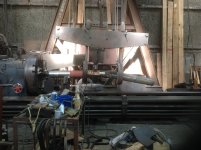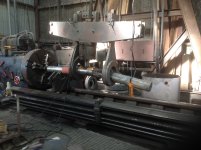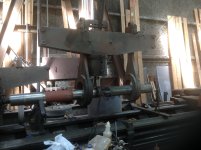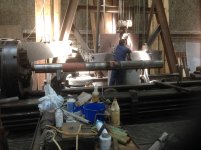F
Frank Green
Guest
I believe that if you had a group of barrels that measured perfect in every respect that some would shoot better than others and that the only way to find them would be to try them all. It may be that the one variable that we cannot see through ordinary means is residual stress. In the case of cut barrels it comes from the steel mill, and in the case of button barrels that are stress relieved it is the result of an imperfect process. I have seen some evidence of the latter.
One thing no barrel maker can measure for is residual stress in the barrel blank/steel.
I won't speak for all barrel makers and how they get they're steel. Ours comes heat treated and double stress relieved. We don't induce any stress into the barrel during reaming or rifling. If a barrel blank has a lot of stress in it, it will show up during the contouring which is done before reaming and rifling. If we're going to lose the blank it will be at this point if it has stress in it.
Button makers have to rifle the barrel as a barrel blank. Cannot have no shape/contour etc....on it. After button rifling they need to restress relieve the blank again because button rifling induces stress into the blank. Restress relieving the blank doesn't guarantee that you got any residual stress out. Again you cannot measure for it. During the contouring operation, or even cutting and crowning the muzzle, threading the muzzle, fluting etc...that during the secondary machining operation if you hit a residual stress point it will relieve the stress and the bore will open up on you. Can open up only a .0001" and I've seen them change an easy .0005" to even +.001" bigger. Either way when that happens you cannot make it go back! It is what it is. Same goes for during shooting. I've seen where a button barrel got hot enough to relieve itself and the bore went sour.
Later, Frank
Last edited by a moderator:





